incl. VAT plus shipping costs
Immediate delivery, express possible ![]()
More than 20 Articles in stock
Delivery only innh. Germany and Austria possible.
Switch to the German store
- Item no: 31022
Fast delivery times
All products are in stock with us!14 years of breeding experience
Let our team of experts advise you!High customer satisfaction
from over 3,000 reviews "| Water values: | soft to medium hard |
| Origin: | South America |
| Pelvic region: | Center |
| with shrimps?: | Socialization not possible |
| with dwarf crabs?: | No |
| Visual effect: | Forms precincts |
| Diet: | omnivorous - omnivorous |
| Difficulty: | 2 - Normal |
| Breeding: | medium |
| Final size: | > 12cm |
| Planting possible?: | conditional* (see description) |
| Fish group: | Cichlids |
| with snails/shells?: | No |
| Aquarium size: | 400/450 l (approx. 150cm) |
| Temperature: | 25-30 °C |
Native to Central America, the Firemouth Cichlid or Masked Cichlid, Thorichthys meeki, or Chiclasoma meeki, is a territorial cichlid found in the Belize River, but also in Mexico, Guatemala and Yucatan. In its habitat, it inhabits low-flow sections of rivers, as well as substrates that tend to be low in vegetation. It was named after the American ichthyologist Seth Eugene Meek, who first defined the Thorichthys genus. The Firemouth Cichlid has also been known in aquaristics for a long time and has since made its name.
The animals show the high back with flat sides typical for perches. Their basic color is light gray to silver and is interspersed with dark gray bands. The head is steep and ends in a pointed and terminal mouth with partially bluish lip ridges. Generally the back is darker colored than the belly, which in turn can develop a strong red-orange, which can reach from the mouth to over the anal fin and was with eponym. A possibly interrupted black longitudinal band starts behind the eyes until shortly before the caudal fin root and can also appear as a spotted pattern, which is partly turquoise fringed. On the lower gill cover there is an equal black spot, which is also fringed. The scales are red banded, giving the Firemouth Cichlid a reticulated pattern. The fins are transparent and, with the exception of the pectoral fins, have iridescent turquoise and red spots. With a possible final size of up to 16 cm, this peaceable but occasionally back-biting fish with a tendency to burrow should be kept in an adequately sized filtered aquarium with an edge length of at least 150 cm in a group with a maximum of other peaceful by-fish. They can become up to 12 years old.
Our Firemouth Cichlids are supplied as pairs and are German offspring.
Thesex differentiation is externally difficult, usually the animals are kept in groups, from which harmonizing pairs crystallize after some time. The Firemouth Cichlid is an open breeder, where the pair jointly guards and defends the clutch, which can be up to 500 eggs in size, until the young are old enough to fend for themselves. After that, they can be fed freshly hatched Artemia nauplii.
Firemouth Cichlids, like most cichlids, are character animals with their own social structure that is continually being clarified in places. Your aquarium should have an edge length of at least 150 cm, preferably more, and should have both stone structures and sufficient Caves have. These serve not only for territory marking, but also as visual protection and not least also for egg laying and as a hiding place. The substrate may consist of fine and light sand. Since the perch tend to burrow, planting, apart from so-called bitter-tasting perching plants such as Anubia, is not advisable, as the animals will dig them up and possibly eat them. Limestone and a correspondingly calcareous substrate are recommended to keep the water values in the alkaline range. An adequately sized filter should be attached to this aquarium, as this cichlid tends to burrow occasionally and stir up dirt accordingly. Good water hygiene generally serves its well-being and, not least, its readiness to spawn. The water values of the cichlids are ideally a total hardness of 9-20 °dGH, a KH between 2 and 8, a pH of 6.5-7.5 and a temperature between 20 and 26°C.
Firemouth Cichlids are not only caring parents, but also quite assertive - therefore they should be socialized with not too small other fish, so that they do not push them into a corner. Usually they behave peacefully, however, as long as their aquarium structure suits them. Too small fellow fish or invertebrates are also unsuitable.
In their habitat they feed on micro crustaceans, aquatic insects and lots of growth. They are fairly easy to acclimate to commercially available foods such as flakes, tablets and granules. Occasionally their menu can be enhanced with live and frozen foods, but in the main they should receive plenty of green food. They may be able to dig up and eat aquarium plants.
Our food recommendation: The NatureHolic Cichfeed has a grain size of 1.5 mm and is therefore also suitable for larger fish. The NH Cichfeed is a soft granulate for predominantly carnivorous fish. It has the same consistency as small crustaceans and insect larvae that fish naturally eat, and the soft granules protect the fish mouth from micro-injuries that can be caused by hard feed granules.
Our plant recommendation: For planting, use NatureHolic InVitros. These are free of snails, planarians and other unwanted co-inhabitants. Also free of algae spores, bacteria and fungi.
Expert Tip: We recommend when keeping fish the NatureHolic 3 Phase Liquid. The care set offers the best all-round protection for your animals. It ensures optimal conditions for successful breeding and keeping.
| Scientific name: | Thorichthys meeki, Chiclasoma meeki, |
| German Name: | Firemouth cichlid, masked cichlid, red-breasted cichlid |
| Difficulty level: | advanced/ |
| Origin/Distribution: | South America> |
| Coloration: | grayish brown base color with inconspicuous high bands, lateral line black or as a spotted pattern, red-margined scales, gill cover patch, throat to flank red-orange |
| Age expectancy: | approx. 12 years |
| Water parameters: | GH 5-20° dGH, KH 2-8, pH 6-7.5, temperature 24-28° C |
| Tank size: | from 200 l |
| Food: | Omnivorous, mainly vegetable food, live and frozen food |
| Breeding: | medium |
| Behavior: | peaceful but territorial |
| Group size: | at least 2 animals / one pair |
| Further information: | Ten typical aquarium fish for beginners and alternatives to them, Tips for acclimating fish to the aquarium, Feeding aquarium fish properly - cheap food and what it can do |
- Item no: 31022
Entdecke die Garnelio Welt!
Garnelio gehört zu den größten Onlineshops für wirbellose Aquarientiere weltweit.
Viele Artikel gibt es exklusiv nur bei uns im Shop.

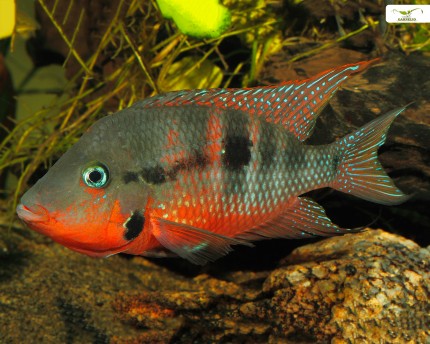

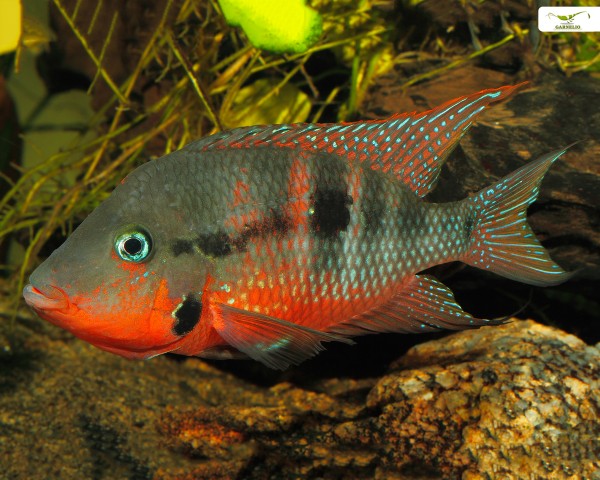

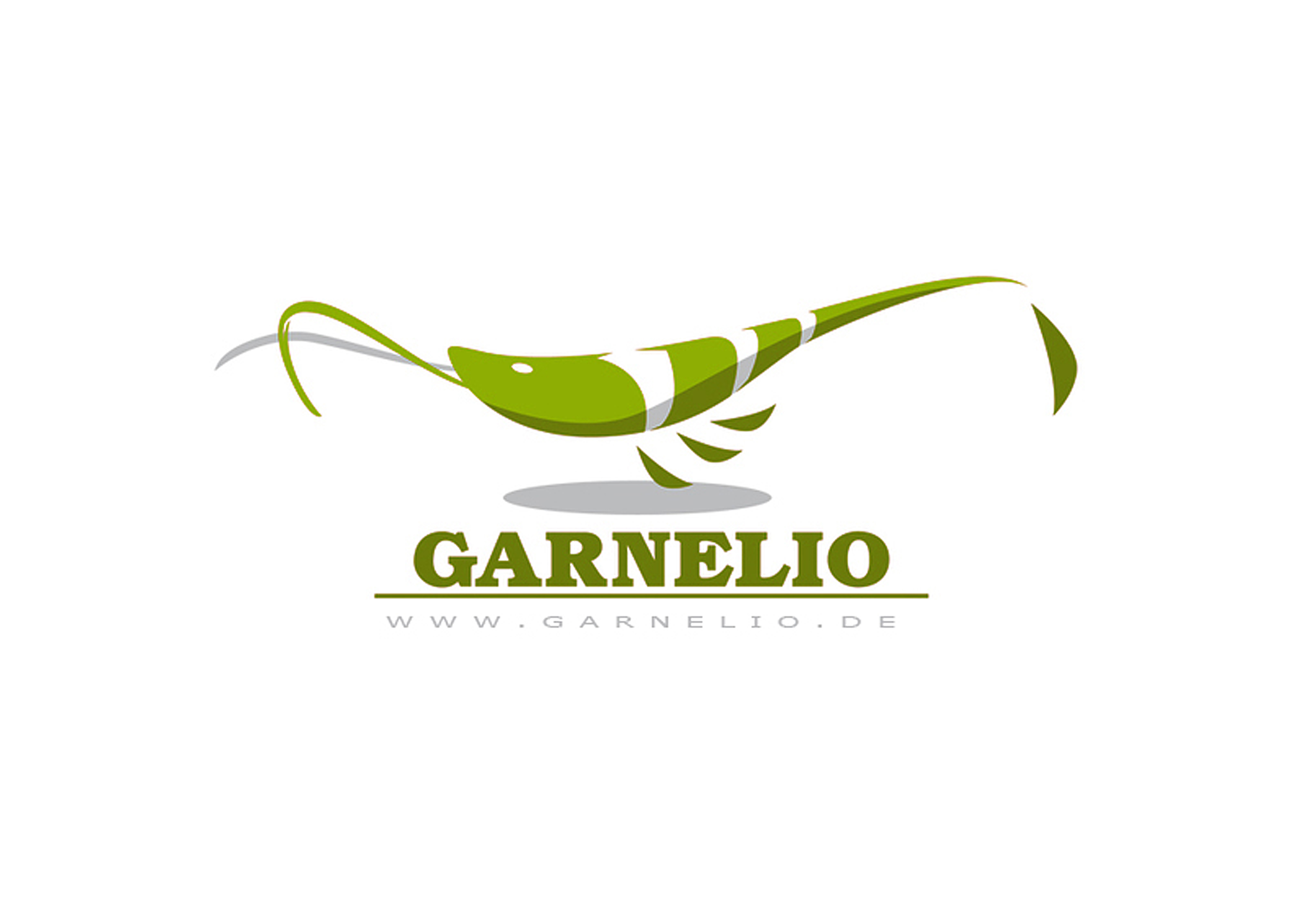
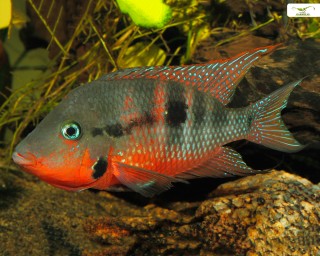
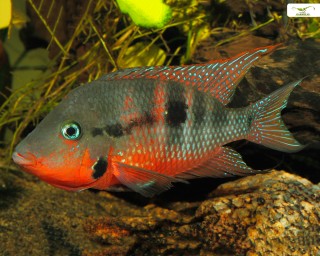
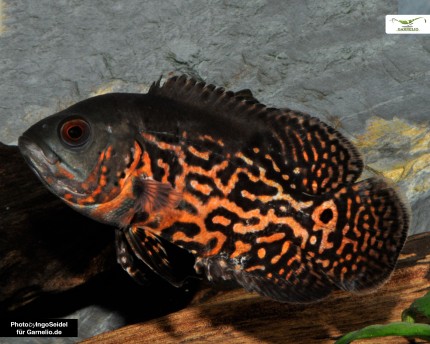
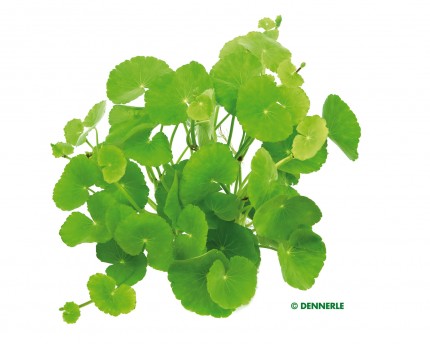

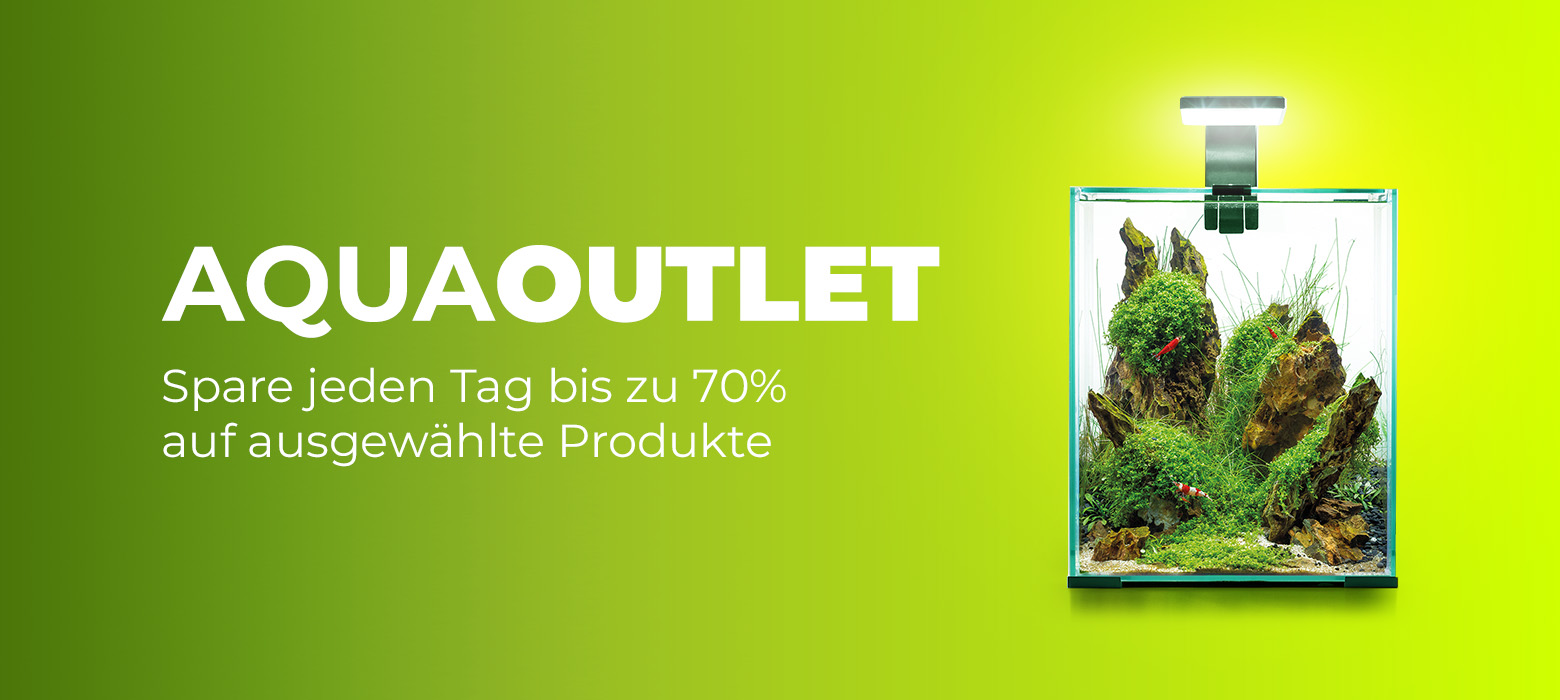
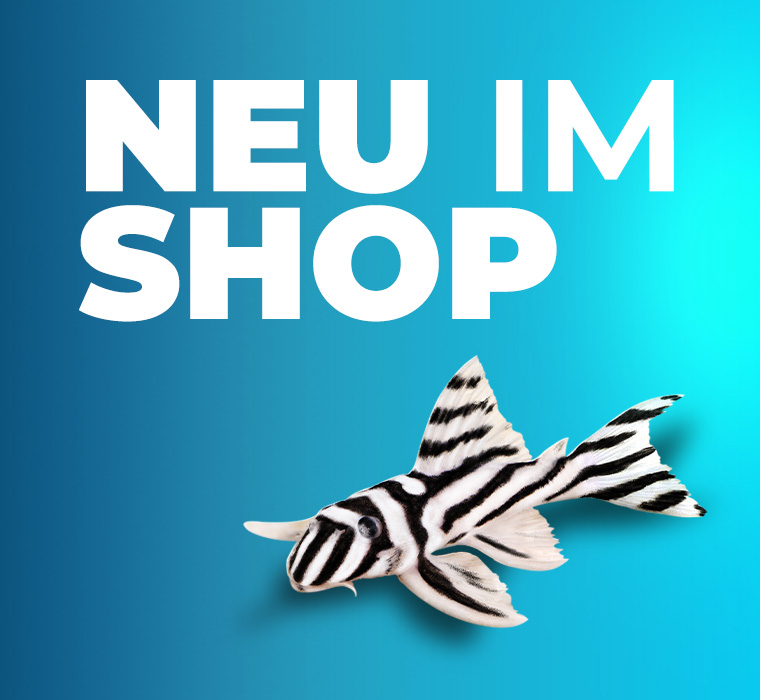
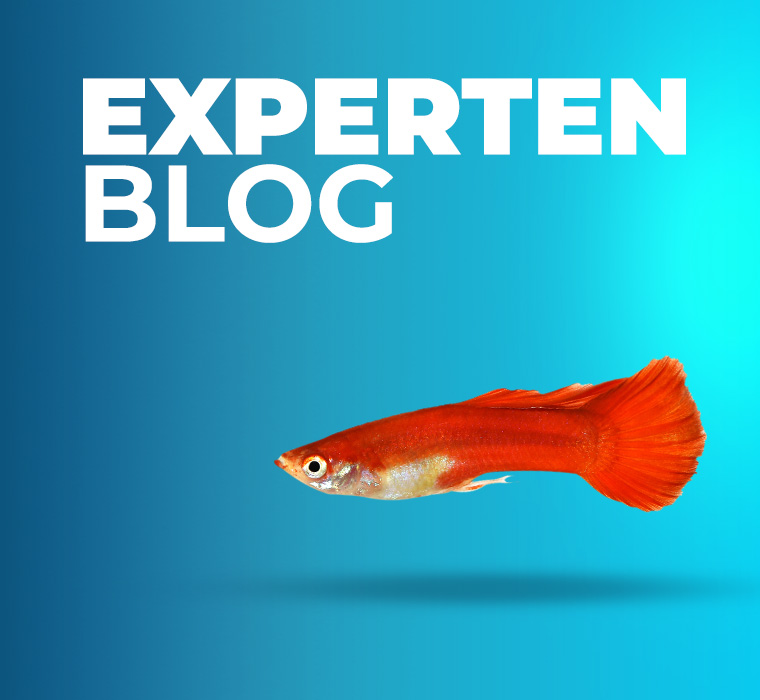

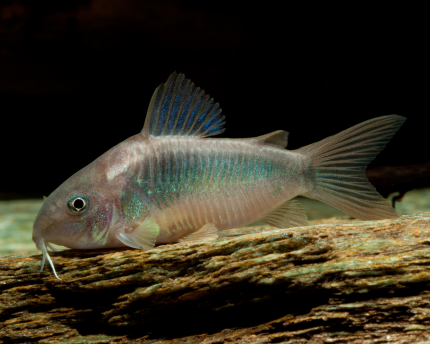
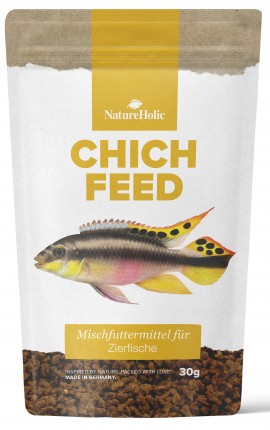
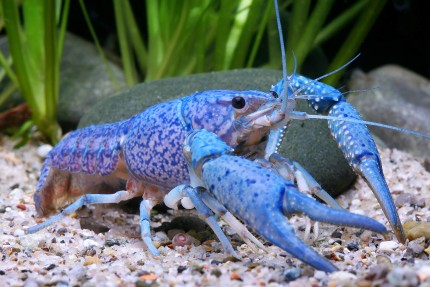
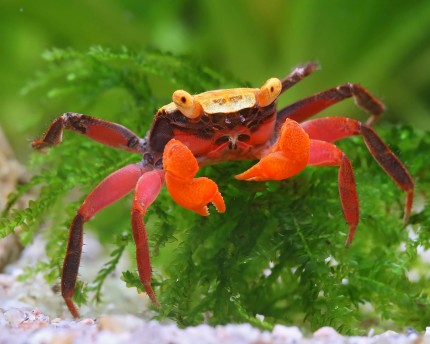
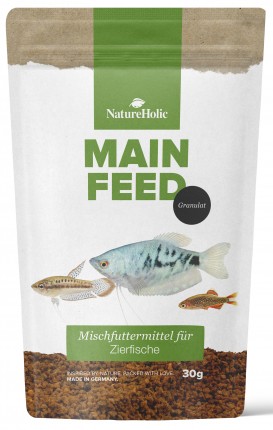
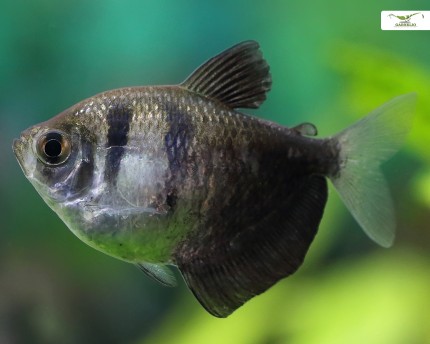
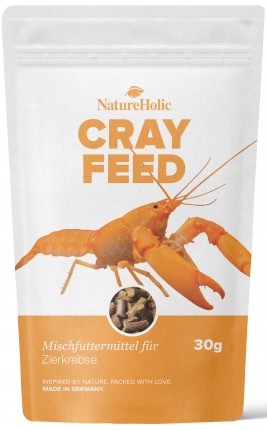
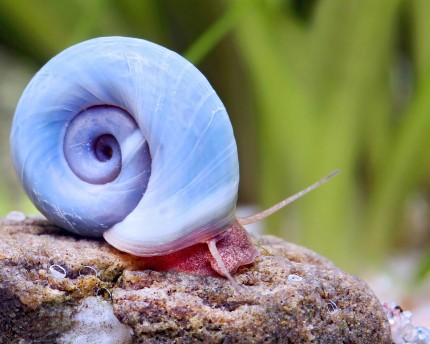
The fields marked with * are required.
I have taken note of the privacy policy.